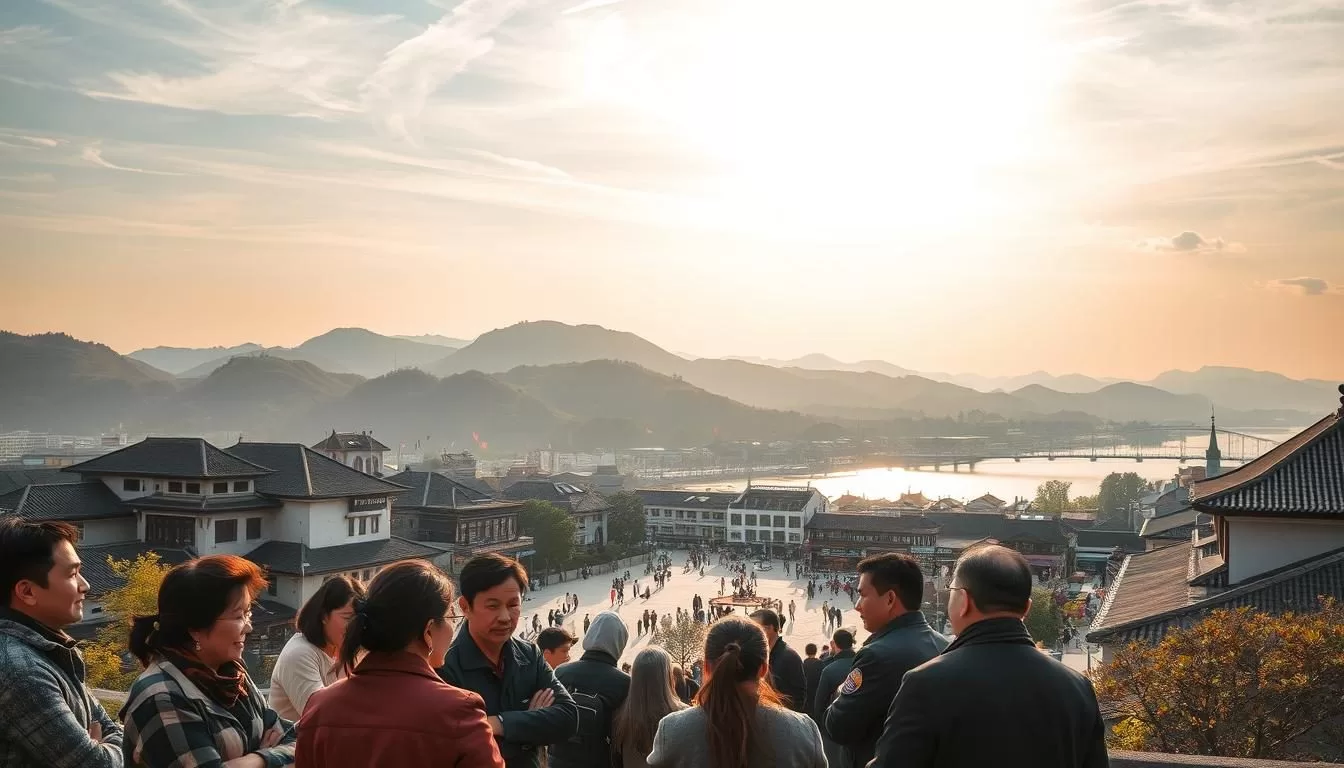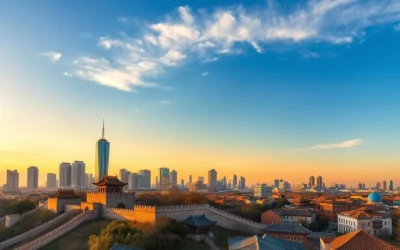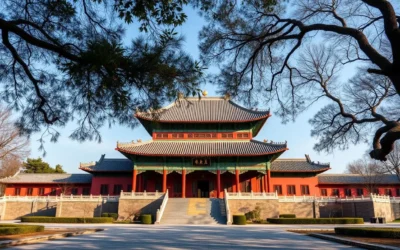✓ Accommodations ✓ Flights ✓ Rental Cars
When you explore the cultural richness of this region, you’ll discover how language plays a vital role in shaping identities. This area is a fascinating example of linguistic diversity, blending history with modern influences.
Here, the dialect is more than just a way to communicate. It’s a reflection of the history and traditions that have evolved over time. You’ll find that local dialects coexist harmoniously with the standard language, creating a unique linguistic landscape.
This province is home to over 84 million people, making it one of the most densely populated areas in the country. The group of languages spoken here tells a story of resilience and adaptation, offering a glimpse into the part of the world where tradition meets progress.
Introduction: Exploring Jiangsu’s Linguistic Heritage
Step into a region where history and culture intertwine through its linguistic heritage. This area is a fascinating blend of ancient traditions and modern influences, offering a unique perspective on how language shapes identity.

Overview of Jiangsu’s Rich Cultural Landscape
For centuries, dynastic rule and government policies have shaped the cultural evolution of this area. From the Ming dynasty to modern times, the history of this province is deeply rooted in its dialects and traditions. Today, you’ll find a harmonious coexistence of regional dialects with the official language, reflecting its diverse cultural landscape.
The Role of Language in Regional Identity
Language serves as a powerful marker of identity for the person living in different parts of this region. Understanding the local dialects is key to appreciating the full depth of its culture. As you explore, you’ll see how language connects the past to the present, offering a glimpse into the group of people who call this area home.
“Language is the road map of a culture. It tells you where its people come from and where they are going.”
In the following sections, we’ll delve deeper into the key languages and dialects that define this vibrant part of the world. Stay tuned to uncover more about its linguistic richness.
Jiangsu Province, China: Official and widely spoken languages
Discover the linguistic tapestry that defines this vibrant region. Here, language is more than a means of communication—it’s a reflection of history, culture, and identity. From the official tongue to regional dialects, this area offers a fascinating blend of voices.
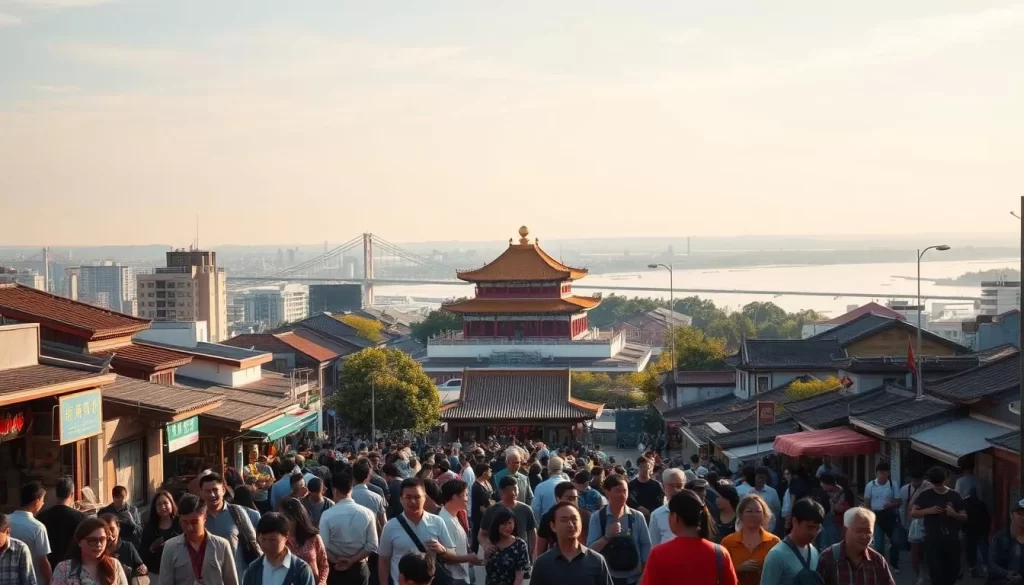
Key Official Language: Standard Mandarin
Standard Mandarin, also known as Putonghua, serves as the official language of the country. It’s used in government affairs, education, and media, unifying diverse populations across the region. Over 65% of the population speaks Mandarin, making it the most widely used language in the country.
Mandarin’s global significance is further highlighted by its status as one of the six official languages of the United Nations. This underscores its role as a bridge between cultures and communities.
Prominent Regional Dialects and Minority Voices
Beyond Mandarin, this province is home to a rich array of regional dialects. Wu, for example, is widely spoken in the Yangtze River Delta, reflecting the area’s trade and urbanization. Gan and Hakka are also prominent, preserving archaic elements from Middle Chinese.
These dialects represent distinct ethnic groups, adding to the cultural mosaic of the region. Minority voices further enrich this linguistic landscape, showcasing the diversity of the area.
| Language/Dialect | Primary Region | Cultural Significance |
|---|---|---|
| Standard Mandarin | Nationwide | Official language, used in education and government |
| Wu | Yangtze River Delta | Associated with trade and urbanization |
| Gan | Jiangxi and surrounding areas | Preserves archaic elements from Middle Chinese |
| Hakka | Southern provinces | Represents distinct ethnic communities |
This blend of official and regional languages creates a unique linguistic identity. It’s a testament to the history and diversity of this part of the world.
Historical and Cultural Influences on Jiangsu’s Languages
Historical dynasties have left an indelible mark on the linguistic landscape here. From ancient times to modern days, the evolution of language in this region reflects a rich tapestry of cultural and political changes. Each dynasty brought its own influence, shaping the way people communicate and express their identity.
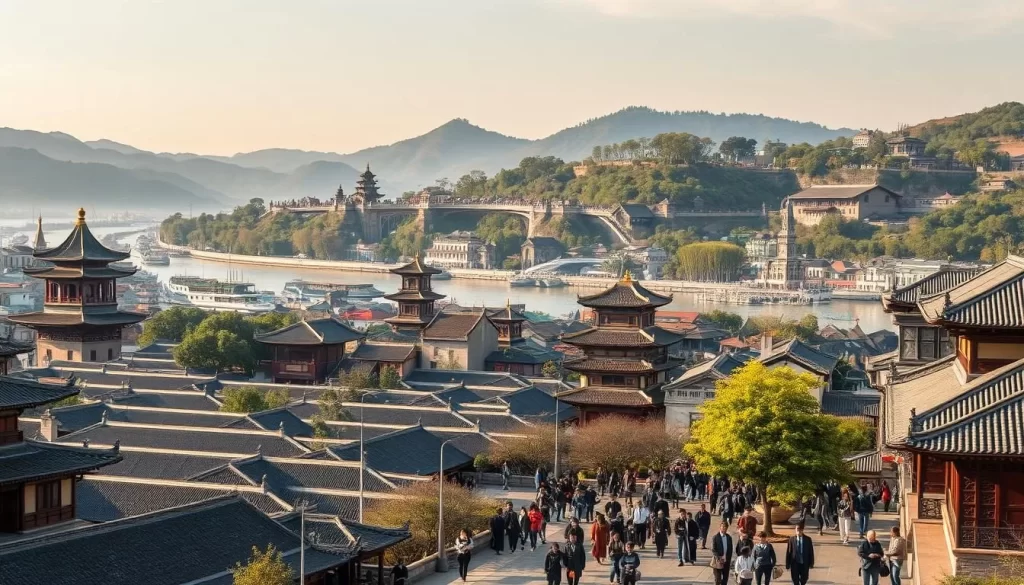
Dynastic Legacies and Language Evolution
The Ming and Qing dynasties played a significant role in standardizing language across the country. During these periods, the government introduced policies to unify dialects and promote a common tongue. This effort helped bridge communication gaps among diverse groups, fostering a sense of national identity.
In this province, local dialects like Wu and Gan retained their unique characteristics despite these efforts. These dialects serve as living reminders of the region’s historical depth and cultural diversity. They continue to thrive, offering a glimpse into the past while adapting to modern needs.
The Impact of Traditional Scripts and Written Forms
Traditional writing systems have also played a crucial role in shaping the language of this area. Ancient inscriptions and calligraphy reveal how written forms evolved alongside spoken dialects. These scripts were not just tools for communication but also symbols of cultural pride and artistic expression.
Today, you can see the integration of traditional scripts with modern written forms. This blend highlights the enduring influence of historical legacies on the province’s linguistic identity. For example, the use of classical characters in literature and education connects the past with the present, preserving a vital part of the region’s heritage.
“Language is the key to understanding a culture’s soul.”
As you explore this region, you’ll notice how historical and cultural influences continue to shape its language. From dynastic policies to traditional scripts, every element tells a story of resilience and adaptation. To learn more about the rich history of this area, visit this detailed resource.
Modern Language Policies and Their Impact on Local Communities
Modern initiatives are reshaping how communities interact with their linguistic heritage. In this region, recent policies aim to balance the use of Mandarin with the preservation of local dialects. These efforts reflect a broader trend of adapting to global standards while honoring cultural roots.
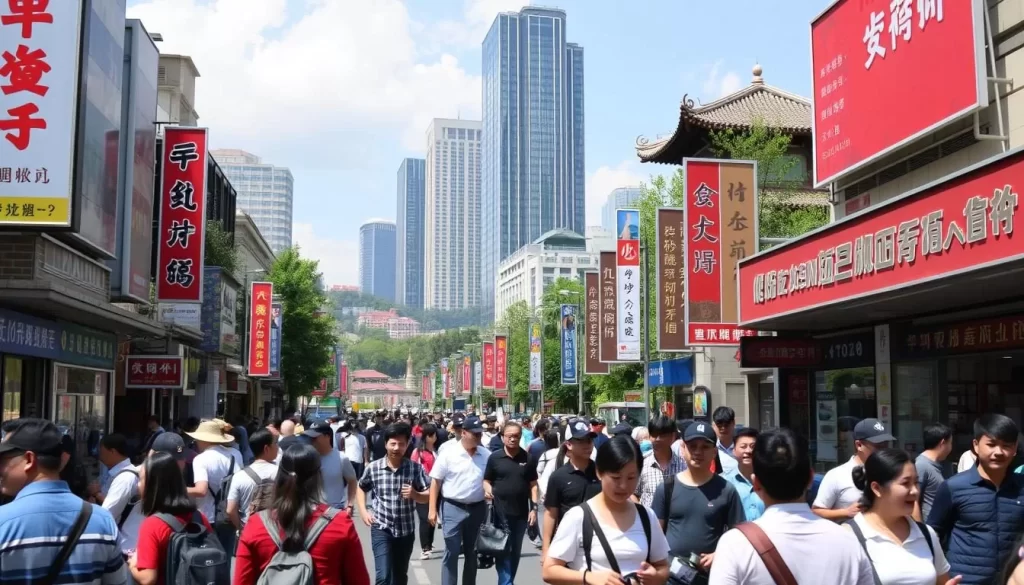
Government Initiatives and Educational Reforms
The government has introduced measures to boost Mandarin proficiency while safeguarding regional dialects. For example, educational reforms have adjusted the weight of English in exams, reducing its significance compared to Chinese. This shift highlights the focus on strengthening national identity through language.
In schools, trilingual programs are being implemented to include minority group languages, Chinese, and English. However, resources for these programs often fall short, making it challenging for some communities to achieve proficiency.
Urban vs. Rural Language Adaptations
Urban centers like Nanjing have embraced Mandarin as the primary language for education and public communication. In contrast, rural areas often retain stronger ties to local dialects, creating a linguistic divide.
Community-based projects are emerging to bridge this gap. These initiatives aim to preserve linguistic diversity while ensuring access to standardized education. For instance, local workshops teach both Mandarin and traditional dialects, fostering a sense of pride and continuity.
| Policy Focus | Urban Impact | Rural Impact |
|---|---|---|
| Mandarin Promotion | Widespread adoption in schools and workplaces | Gradual integration with local dialects |
| Dialect Preservation | Limited use in formal settings | Strong retention in daily communication |
| Educational Reforms | Focus on trilingual programs | Challenges in resource allocation |
These policies are shaping the way person in different part of the region engage with their linguistic heritage. For more insights into how these changes are influencing local communities, explore this detailed resource.
Conclusion
Exploring this region reveals how language serves as a bridge between the past and present. The official tongue, Mandarin, unites diverse communities, while regional dialects like Wu and Gan preserve unique cultural identities. This blend of tradition and modernity highlights the area’s rich linguistic heritage.
Historical influences and modern policies have shaped the way person in this part of the world communicate. From dynastic legacies to educational reforms, each element contributes to the evolving linguistic landscape. These changes reflect both resilience and adaptation.
Understanding the role of language here offers a deeper appreciation of its cultural significance. It’s a reminder of how dialects and official tongues coexist, enriching the identity of the region. For more insights, explore this detailed resource.
The above is subject to change.
Check back often to TRAVEL.COM for the latest travel tips and deals.
